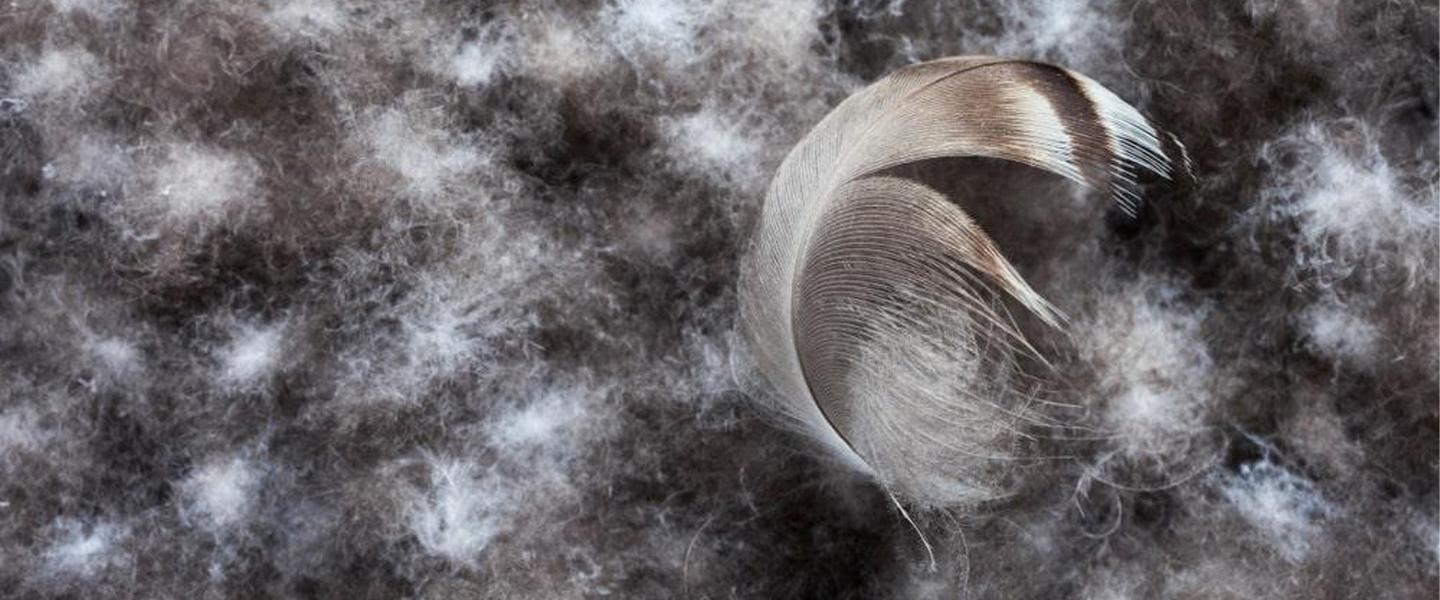Synthetic vs Natural Filled Duvets: Which Is Best For You?
Are you looking for a synthetic or a natural filled duvet to keep you warm and comfortable while you sleep? Take a look at our guide and find out more about the options available to you, on the way to finding the perfect duvet.
Synthetic Filled Duvets
A synthetic filled duvet simply refers to any duvet that is filled with man-made material rather than a natural material. While natural materials such as duck down have been used to provide insulation in clothing and bed coverings for centuries, synthetic materials are a relative newcomer on the scene.
Just like with any other invention, some people are resistant to move from a more traditional natural duvet to a synthetic product. However, manufacturing techniques have advanced in leaps and bounds in recent years, and increasing numbers of customers are opting for the more modern synthetic option.
Hollowfibre Duvets
A hollowfibre duvet is one option for anyone looking to purchase a product with synthetic filling. The term hollowfibre is used to describe a synthetic filled duvet with spaces between the internal fibre filling. These spaces are what give the duvet the "hollow" component of its name.
Hollowfibre duvets have proved popular thanks to their breathability and relatively light construction compared to other types of synthetic duvet. This type of covering helps sleepers stay warm without being overwhelming and may be an attractive choice for you.
Natural Filled Duvets
A natural filled duvet is the more traditional option. These products are filled with natural materials, such as Duck or Goose feathers or down, and are highly effective at keeping the sleeper warm and comfortable even when the temperatures begin to drop.
Some people prefer the more natural feeling of this kind of feather duvet and will choose this more traditional type of covering, even when synthetic fillings are more cost-effective in some cases.
Down and Feather Duvets
Down refers to the small, fine fibres that are found on the skin of ducks and geese, underneath the waterproof layer of feathers. They provide warmth and insulation to the duck or goose, and so they have been used for hundreds of years to provide warmth and insulation to humans too, while they sleep.
A luxury duvet stuffed with the majority duck or goose down will generally be lighter and less dense than one stuffed with other types of natural filling. As a result, this kind of duvet might not be the warmest on the market, but for those in search of a slightly lighter sleeping experience, a down duvet could be ideal. Down and feather duvets either come as duck down and feather, or goose down and feather.
Feather and Down Duvets
By adding feathers to the down mix that stuffs the duvet, you can achieve additional warmth and insulation. However, this is likely to add to the overall weight of the duvet, so it might not be suitable for all sleeping preferences.
As a general rule, the more feathers you add to the mix, the warmer it will be. Feathers are denser and heavier than down, which is where this extra insulation comes from. Feather and down duvets are usually at least 85% feathers and 15% down. Feather and down duvets come in either duck feather and down, or goose feather and down. There are also 100% duck feather duvet options.
Which Duvet Filling Is Best For You?
So, this brings us to the crucial question: Synthetic vs natural duvets, which Is best for you? There are a number of different factors to consider here.
Synthetic Duvet Advantages
- Synthetic duvets tend to be more cost-effective than a naturally stuffed product.
- Synthetic duvets provide a lighter sleeping experience for those who like to stay a little cooler when they sleep.
- This also makes synthetic duvets more suitable for usage during summer or when the temperatures are warmer.
- Synthetic duvets tend to be better for people with certain allergies.
- Vegetarians and vegans may prefer a synthetic option, as these coverings contain no animal products in most cases.
- It may be easier to find a synthetic duvet, as the majority of budget duvets are now synthetic.
- You have the option to go for a microfibre duvet if you would like something a little warmer.
Synthetic Duvet Disadvantages
- Budget synthetic duvets might not provide the warmth and insulation you need for those colder nights.
- Higher-end synthetic duvets can be expensive, reducing some of the cost savings you might expect from this type of duvet.
- Depending on your sleeping preferences, you may find synthetic duvets to be a little on the lighter side, not providing the substantial weight that other duvet types offer.
Natural Filled Duvet Advantages
- Duvets with a natural filling tend to be warmer than their synthetic counterparts.
- Many people prefer the traditional feeling of a naturally filled duvet.
- You do have some flexibility when it comes to naturally filled duvets. You can choose a filling with more feather content to add extra weight and insulation to your duvet.
- This type of duvet might not be significantly more expensive than a higher-end synthetic product.
Natural Filled Duvet Disadvantages
- Some may find these duvets a little heavier than synthetic products, and this may not be suitable for all sleeping habits.
- Vegetarians and vegans may not find natural fillings suitable, due to the duck down and feather content.
- Natural duvets may trigger allergies in some sleepers.
- As a general rule, natural filled duvets are more expensive than synthetic duvets.
- There may not be as much choice on the market, as the majority of budget duvets are now synthetic.
Choosing the Right Duvet for You
The specific type of duvet you choose largely comes down to personal choice. You may prefer the traditional feel and additional weight of a natural product, or you may find that your budget, lifestyle and sleeping habits are more suited to a synthetic duvet.
Take a look at the SleepSeeker duvet range and find exactly what you need, or reach out to our team to learn more. We also have pillows, mattress protectors, electric blankets and more.
Read more of our guides:
What's trending now...
-
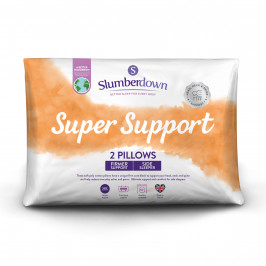
Slumberdown Super Support Firm Support Side Sleeper Pillow, 2 Pack
£17.00
Shop Now -
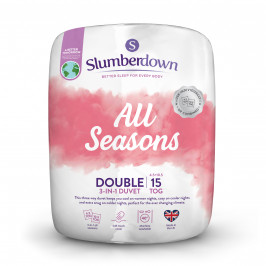
Slumberdown All Seasons Combi 15 Tog (10.5 + 4.5 Tog) Double Duvet
£30.50
Shop Now -
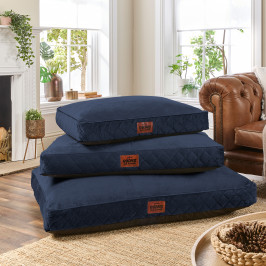
Slumberdown Paws for Slumber Navy Pet Bed, Large
£49.00
Shop Now -
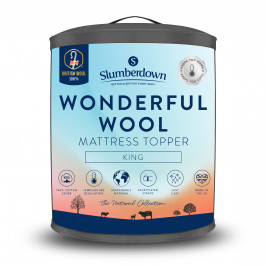
Slumberdown Wonderful Wool Mattress Topper, King
£60.00
Shop Now -
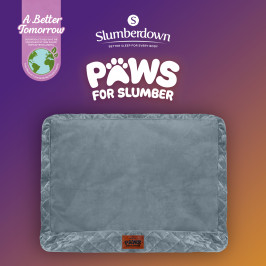
Slumberdown Paws for Slumber Extra Large Pet Bed Spare Cover, Grey
£20.00
Shop Now -
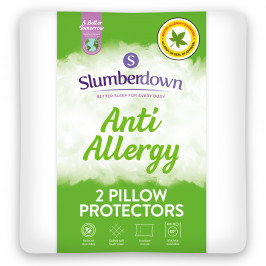
Slumberdown Anti Allergy Pillow Protector - Pack of 2
£15.50
Shop Now -
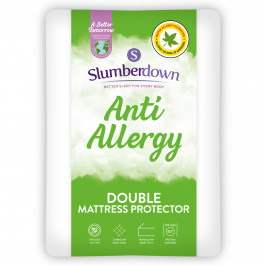
Slumberdown Anti Allergy Mattress Protector - Double
£20.50
Shop Now -
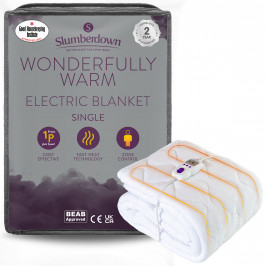
Slumberdown Wonderfully Warm Electric Blanket - Single
£60.00
Shop Now -

Slumberdown Paws For Slumber Sherpa Pet Bed, Medium
From: £25.00
Shop Now -
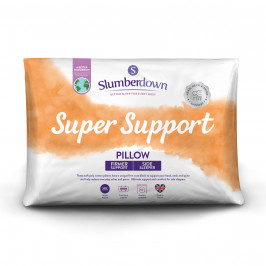
Slumberdown Super Support Firm Support Side Sleeper Pillow
From: £17.00
Shop Now -
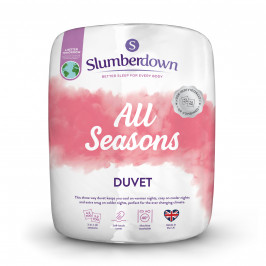
Slumberdown All Seasons Combi Duvet
From: £25.50
Shop Now -

Slumberdown Paws for Slumber Large Pet Bed
From: £49.00
Shop Now -
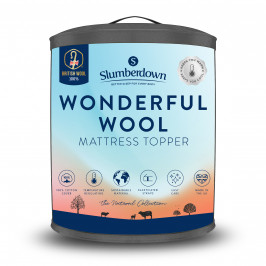
Slumberdown Wonderful Wool Mattress Topper
From: £54.50
Shop Now -
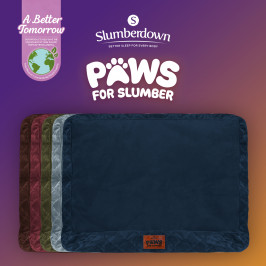
Slumberdown Paws for Slumber Extra Large Pet Bed Spare Cover
From: £20.00
Shop Now -
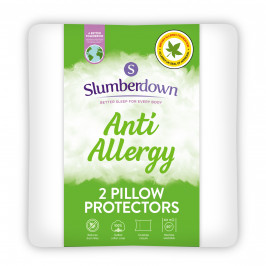
Slumberdown Anti Allergy Pillow Protector
From: £15.50
Shop Now -
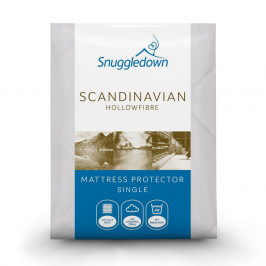
Snuggledown Scandinavian Hollowfibre Mattress Protector - Single
£14.00
Shop Now -
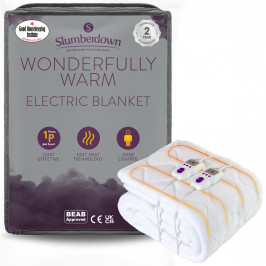
Slumberdown Wonderfully Warm Electric Blanket
From: £60.00
Shop Now -
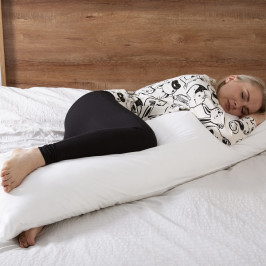
Slumberdown Body Support Pillow, 1 Pack, Includes 100% Cotton Pillow Case
£20.00
Shop Now -
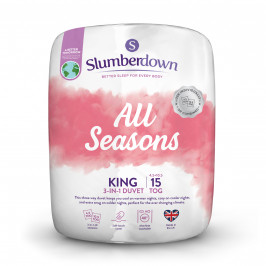
Slumberdown All Seasons Combi 15 Tog (10.5 + 4.5 Tog) King Size Duvet
£34.00
Shop Now -
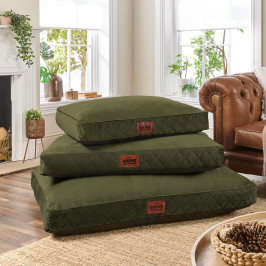
Slumberdown Paws for Slumber Olive Green Pet Bed, Large
£49.00
Shop Now -
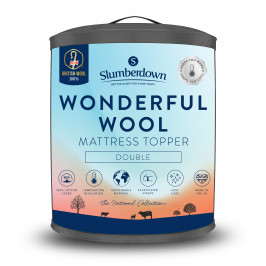
Slumberdown Wonderful Wool Mattress Topper, Double
£54.50
Shop Now


